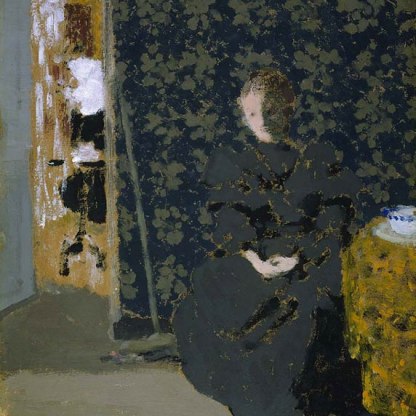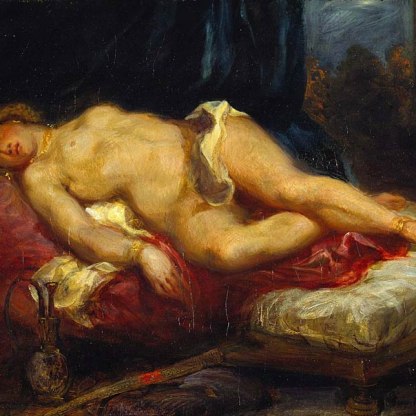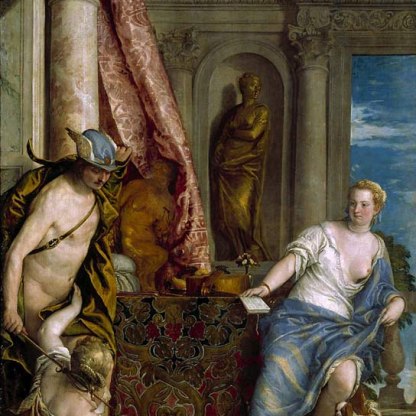Shadowplay

The British painter Bridget Riley rose to prominence in the 1960s as a leading practitioner of what became known as Op Art – short for Optical Art – an international abstract movement concerned with visual effects and illusions. Frequently, in Riley’s work, the use of brilliant colours and the repetition of geometric shapes creates the impression of movement and three-dimensional depth. One of her early, seminal canvases, painted in 1961, is entitled Movement in Squares. Like much of her work from the early 1960s, this is executed entirely in black and white.
As a student, Riley had studied the work of the French post-Impressionist painter Georges Seurat, a pioneer of pointillism – a technique in which a picture is built up of small dots of complementary and contrasting colours. Seurat himself had been strongly influenced by his contemporary Charles Henry, a French scientist and philosopher who had developed sophisticated theories about the use and perception of colour.
While Seurat’s work is still representational – an example of his work, Rue St. Vincent in the Fitzwilliam [PD.1-1948] gives a vivid impression of a particular quiet Parisian back-street – he was chiefly concerned, as Riley herself was to be, with the sensations produced within and experienced by the eye, rather than the reproduction of nature. The colour, the contrast and the shapes themselves are, for Riley and the Op Artists, the true subjects of painting.
Throughout the late 1960s and 70s, Riley introduced more and more colour into her work. During a trip to Egypt in 1979–80, she was captivated by the paintings in the royal tombs of the Valley of the Kings. She discerned five vital colours – brick-red, ochre yellow, blue, turquoise and yellow-green – which for the next five years would dominate her palette, in a series of paintings that consisted solely of vertical stripes.
From 1985, these stripes began to be broken up by diagonal hatching, creating a sense of depth. The painting here, Shadowplay, makes use of both the vertical stripe and the diagonal. Dark-blue lozenges contrast sharply with lighter pinks and yellows. There is a sense of light and shadow, as the title suggests.
Riley herself has talked of the importance of natural observation for her art. She grew up in Cornwall, and cites the landscape there as an early and important influence upon her ‘visual life'. In The Pleasures of Sight, an essay published in 1984, she recalled the formative experience of swimming in Cornwall:
On a fine day ... all was spattered with the glitter of bright sunlight and its tiny pinpoints of virtually black shadow – it was as though one was swimming through a diamond.
It is a refreshing, vivid image that would make a neat and fitting caption to Shadowplay.
Themes and periods
Data from our collections database
Purchased from the artist by Celia Plunkett for the Contemporary Art Society, 1992, as 'Untitled' (1991); presented to The Fitzwilliam Museum, 1996
Legal notes
Given by the Contemporary Art Society, 1996
Acquisition and important dates
- Method of acquisition: Given
- Dates: 1996
Dating
- 20th Century
- Production date: AD 1990
Maker(s)
- Riley, Bridget Painter
Materials used in production
Read more about this recordOther highlight objects you might like
Suggested Curating Cambridge products
Sign up to our emails
Be the first to hear about our news, exhibitions, events and more…





